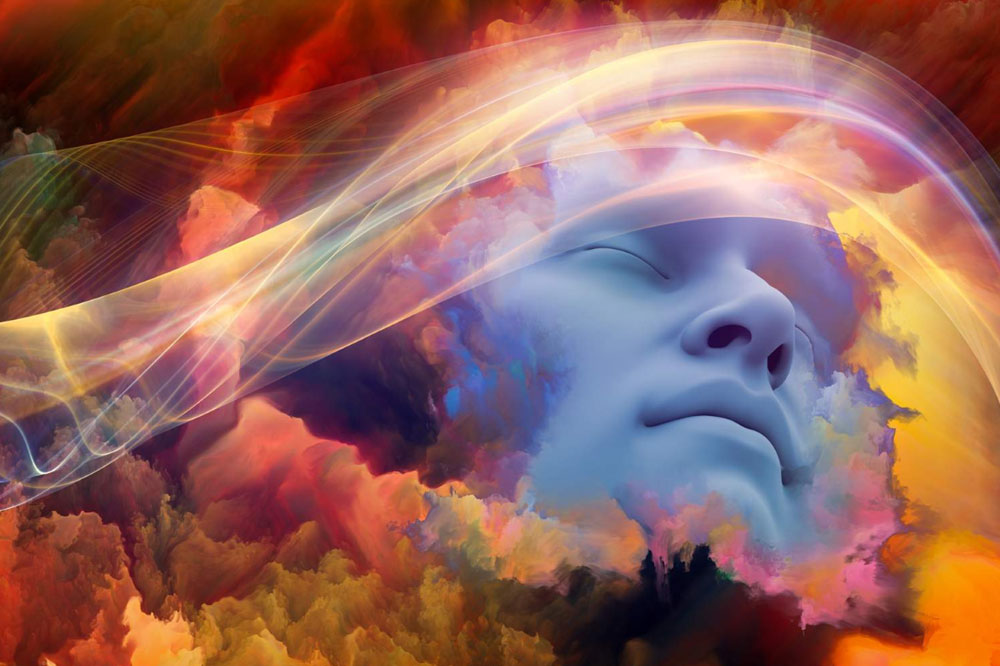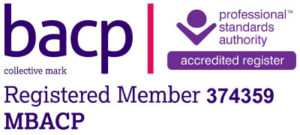Dreams have been considered an important source of wisdom and knowledge by all the great civilizations of which we have a written record, whether their meaning has been taken to be a message from a god, a prophetic foretelling of future events, or a revelation of hidden knowledge. Dreams have personal meaning and reflect the dreamer’s personality and waking concerns.
Dream images
We can begin to understand the language of the unconscious and symbols and, therefore, the language of dreams by looking at the essential qualities of dream images, for example: a crocodile might be associated with (symbolize) something primitive, frightening, and voracious; a baby might be associated with vulnerability, dependency, neediness, and interactiveness; a journey might be associated with change, progression, development, or new experience.
Links to therapy, trauma, relationships and archetypes
It can be argued that some dreams that are dreamt in the span of a therapy, as well as some dreamt after, either refer directly to the relationship with the therapist or can be seen to also apply to, and to have consequences for, the therapeutic relationship. The therapist’s name can appear in dreams, often in some bastardized form, or with someone else with the same first name used to indicate the therapist. Dreams emerge in the context of the containing, therapeutic relationship and, particularly concerning work with early relational trauma, it is this relationship that may make it possible to “dream the undreamable as a prelude to becoming able to think the unthinkable”. The dream can be an important step in becoming able to live with traumatic experience and modify relational patterns. The dreaming of the dream is itself working on, and through, the terror, the trauma. By reliving the traumatic affect, perhaps transposed to a different situation, the psyche is slowly detoxifying the traumatic feeling around that situation and integrating the memory in a manageable way. The archetypal level illuminates particular dream images, patterns, themes, and stories with reference to powerful general patterns that frequently relate to early experience in some way (archetypes are universal, primal symbols and images that derive from the collective unconscious). If a dream includes known characters, it is important to consider what characteristics these individuals have in real life.
What’s going on in your current life?
A dream is almost always trying to work on something that is currently preoccupying the dreamer, either consciously or unconsciously, so it’s good to consider “what is going on in your current life that might be like this?”. It’s also good to consider the position of the “I” in the dream. Animals quite frequently symbolize parts of the dreamer, frequently the less developed, shadow parts, for example, lion, wolf, hyena, squirrel, worm, etc. Imaginatively exploring the image in more detail can help: What was it like to be that animal? What kind of fur did it have? What was it like to have fur? Where was it running around? Why was it desperate? What did that feel like? Violence and fights can stand for different kinds of “engagement”, whether it is an example of competitiveness, a struggle for power, or even a form of sexual encounter (particularly if the fight is with a knife, sword, or stave —traditional Freudian “phallic symbols”). It is worth remembering that we can feel as if we have been attacked/struck/hit by a rejecting comment, and it is this gut level equation of attack = violence which is frequently portrayed in dreams. Dreams are almost always located somewhere (unless there is just a dream fragment) and these background facts often tell us a great deal about the dream itself. Time frames, like locations, are frequently mixed up in dreams. The age of the dreamer is also frequently altered from fact, so that we can feel that we are anything from a child to an old person—or even a fetus to a 1000-year-old.
Night terrors
Night terrors are “dreams that are not dreams”. In therapy we attempt to generate conditions where you can dream your previously undreamable dreams. We do not lose our fear, aggression, anxiety, self-centredness, and so on over our lifetimes; we do, however, hopefully, come to know about, contain, and make constructive use of these characteristics and effects.
Words
Words often have a particular significance in dreams as the unconscious mind is adept at wordplay, word substitution, and use of homophones (words that sound like each other) and rebuses (where a word is displayed as an image)—all these slippages are forms of association. For example, look out for images of eyes and islands in dreams, as damage to the “eye” might not only signify a problem with seeing clearly, but could very well indicate some damage to the “I”. Similarly, islands (“I”-lands) in dreams will often tell us a good deal about the state of the individual and their relation to others – an “I”-land distant from the mainland or linked by a rickety bridge might symbolize well the degree to which the dreamer felt separate, independent, and isolated from others, or connected in only a “rickety” and unsafe manner.
Exploring the associations to and around dream images and dream narratives, paying particular attention to the emotional links, is a simple, effective and illuminating way of understanding the symbolic nature of dreams and, thereby, of helping you to develop yourself, your relationships, and your life in a fulfilling way.




